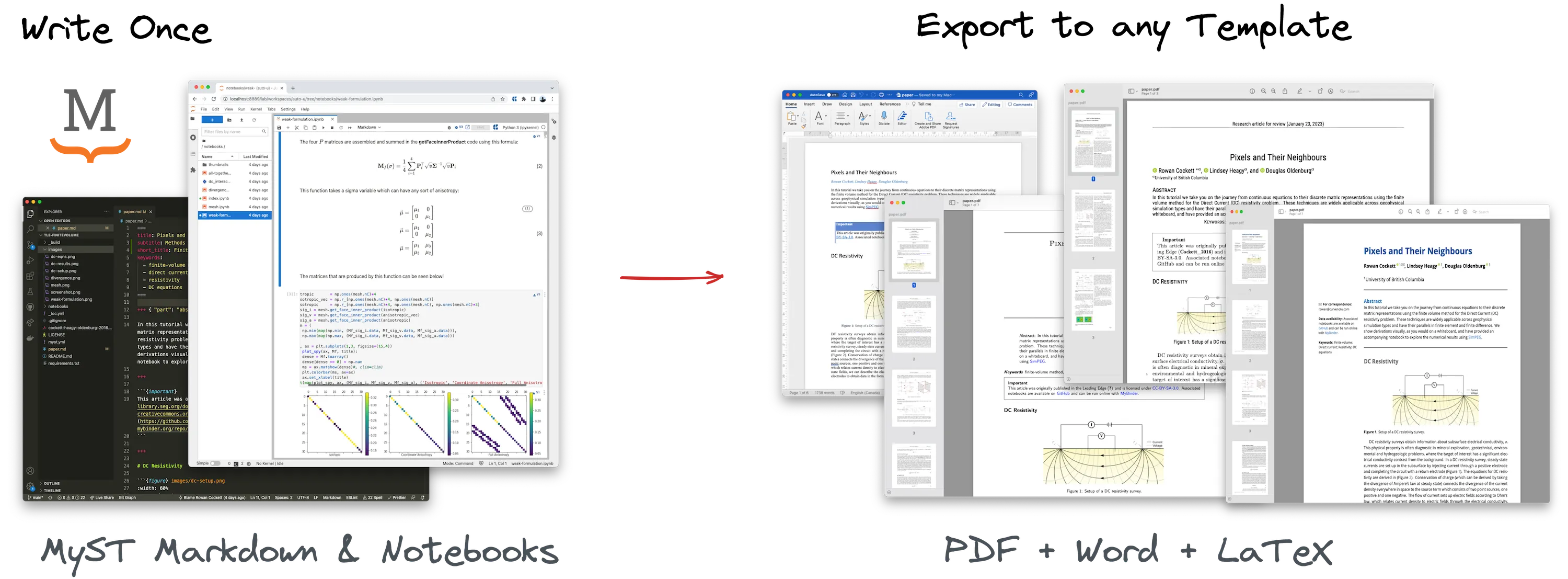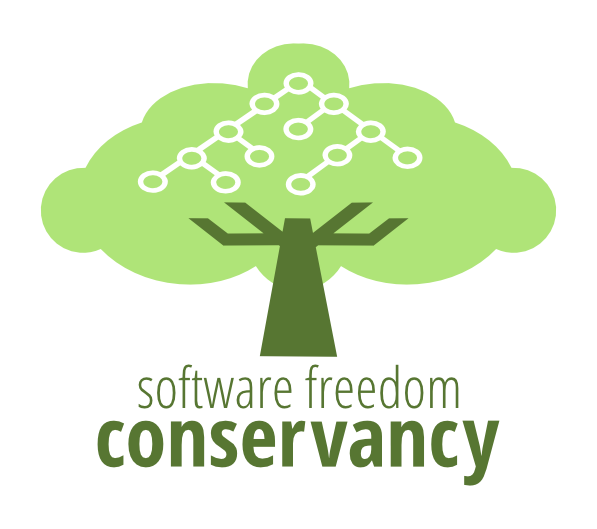io_uring: Revolutionizing Asynchronous I/O on Linux
io_uring is a powerful new approach to asynchronous I/O programming under Linux, overcoming limitations of previous I/O subsystems. This comprehensive guide by Shuveb Hussain covers io_uring's introduction, low-level interface, liburing examples (including cat, cp, and a web server), and advanced usage. Source code examples and GitHub repositories are provided for learning and contribution.












